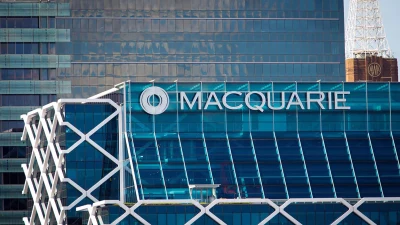Energy, EMs and tech look good in 2019: Fidelity


While the economic and earnings data in Q1 has made it tough to be positive, portfolio manager for the Fidelity Global Equities fund, Amit Lodha, said value could be found in emerging markets, energy and tech stocks, but urged investors to be cautious on stocks and sectors were expectations and valuations were high.
Lodha said Q1 earnings would likely be muted, and with margins likely to be under pressure due to operating and financial leverage, it was unlikely that chief financial officers would have the same confidence in guiding for 2019 earnings as they did this time last year.
“It is clear, bottom-up stock picking is more important, but equally important would be how one navigates volatility and does not get whipsawed and connects the dot on a global basis (for example, focusing on the Taiwanese supply chain made sure that Apple was amongst our largest underweights),” he said.
He cited EMs, energy stocks, technology stocks (selectively, and including some of the FAANGs), cyclicals and companies with company-specific factors driving earnings as areas where they could find value.
Money Management looked at data from FE Analytics to compare the performance of the market sectors and select some emerging markets funds which have performed well in the last three years.
For the three years to 30 November 2018, the top performing S&P ASX 200 sector was materials, which returned 19.72 per cent.
Health care sat in second place with 14.43 per cent returns, followed by consumer staples, which returned 11.63 per cent, and industrials, which returned 9.21 per cent.
Consumer discretionary returned 8.38 per cent, and the energy sector, which, according to Lodha, could hold value in 2019, sat just behind with 7.22 per cent returns.
CFS’ Realindex Emerging Markets fund topped the charts for the three years to 30 November 2018, returning 12.39 per cent, followed by Legg Mason Martin Currie Emerging Markets, which returned 12.39 per cent, and invests in some household EM names like Samsung, Tencent and Alibaba.
Fidelity’s Global Emerging Markets fund sits in the top ten for the same time period, returning 9.78 per cent, and invests heavily in financials (32.70 per cent) like AIA Group, Taiwan Semiconductor Manufacturing and Bank Central Asia.
As at December 2018, it did not hold any energy stocks, but held 25.23 per cent of its portfolio in consumer products, 22 per cent in telecommunications, media and technology, 9.27 per cent in basic materials, 3.90 per cent in industrials and 1.91 per cent in health care.
The chart below shows the performance of Fidelity’s Global EM fund for the three years to 30 November 30 as compared to its benchmark, the MSCI Emerging Markets Index.
Recommended for you
Lonsec and SQM Research have highlighted manager selection as a crucial risk for financial advisers when it comes to private market investments, particularly due to the clear performance dispersion.
Macquarie Asset Management has indicated its desire to commit the fast-growing wealth business in Australia by divesting part of its public investment business to Japanese investment bank Nomura.
Australia’s “sophisticated” financial services industry is a magnet for offshore fund managers, according to a global firm.
The latest Morningstar asset manager survey believes ETF providers are likely to retain the market share they have gained from active managers.















